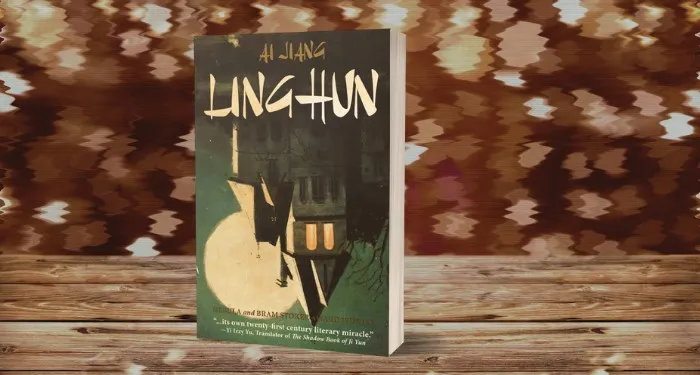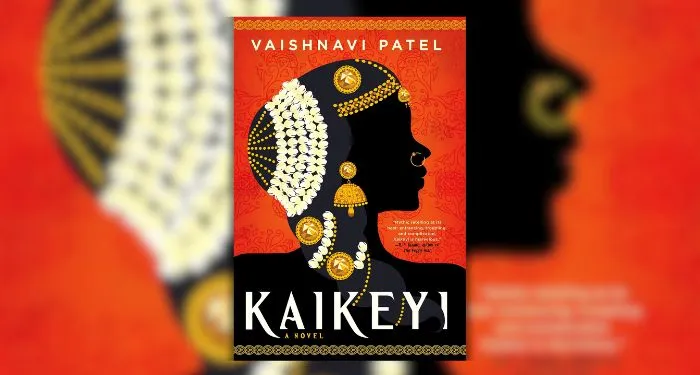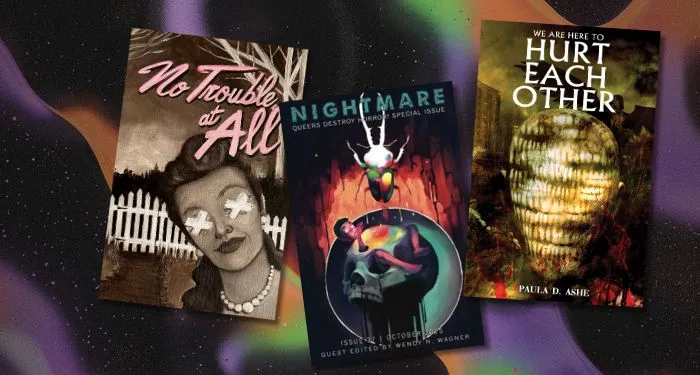Continuing with my Japan theme from the previous post, my readers probably know that I study Japanese and am interested in Japanese culture, but being away from Japan, it is hard at times to feel connected to the country. But, there are ways to do so, and one of them is through “Japan experience” sold in a box. I have already gushed about the Sakuraco box experience in my other post, and am now fortunate enough to be gifted a Sakuraco box for review. This is a monthly Japanese subscription box that includes traditional Japanese snacks, teas, and tableware. Each month features a different theme, and the box is especially irresistible this month since the Autumn Moon Festival is upon us, and in Japan, it means tsukimi (moon-viewing festivities). This is the most tranquil and mysterious of seasons that, among other activities, involves the poetic contemplation of Harvest Moon.
 Tsukimi (Moon-Viewing), attributed to Kawahara Keiga (1786-1860)
Tsukimi (Moon-Viewing), attributed to Kawahara Keiga (1786-1860)Autumn Moon Festival

In Japan, seasons (or kisetsu 季節) are not just seasons, but times of the year deeply linked to culture, history, tradition, and aesthetics. Tsukimi (月見) or Autumn Moon Festival dates back to the Heian period (794-1185) that saw the nobility participating in moon-viewing parties that involved poetry recitals, music-playing, and other activities. Often, the parties were held on boats so as to see the moon reflected in the water. During the Edo period (1603-1868), this festivity became popular among every social class, and was tied to Japan’s harvest season. The association of a rabbit to the moon and the season comes from the Ancient Chinese legend of a mythical hare living on the moon and pounding herbs for celestial beings. In Japanese folklore, there is a tale of a rabbit who sacrificed himself by jumping into a fire so that a beggar man can have his meal and survive. But, it turns out, that the beggar wasn’t a beggar but the Moon God, who was so moved by the rabbit’s sacrifice that he pulled him out of the fire alive and took him to live on the moon. To this day, you can see the outline of the rabbit pounding his mochi (rice cakes) on the moon. The Rabbit still symbolises self-sacrifice, perseverance, longevity, and good luck in Japan.🎑


The Snacks
The Sakuraco box includes twenty various delicious snacks – pudding dorayakis, enveloped in custard cream and caramel sauce, blueberry tartlets, Shio Kenpi or candied sweet potato sticks (with a sugar coating and a touch of salt), Koshian Daifuku (mochi with red bean paste), Tsukimi Mikan Cream Cookie, Salt Truffle & Cheese Arare (a type of cracker), Cheese Jari Mame (pebble beans), Sesame Senbei & Usagi Pon Senbei (special rice crackers), rabbit-shaped and jelly-like Usagi Soft Chews, handmade Tsukimi Cookie, and Tsukimi Gokokucha or five grain tea. Some of the snacks come in pairs or in a separate package, and most of them have a direct link to the season, such as Shio Kenpi that is usually eaten in autumn, the season when sweet potatoes are harvested. I have tried some already, and Salt Truffle Arare and Sesame Senbei were especially good. Moreover, there is a tableware item included in each box. In my box, there was a lovely Tsukimi Yunomi, a Japanese teacup adorned with tsukimi motifs: the full harvest moon, rabbits and susuki pampas grass (often used in celebrations to protect against evil spirits and attract good fortune).

What I particularly love about Sakuraco is the attention to detail that goes into creating each product and filling the box. Each box is beautifully designed, and this month it is the colour of a night sky. Every single snack is chosen with special care, and the box also includes a free Japan-themed postcard with a message from the Founder. There is also a booklet accompanying each box that explains each snack included and the monthly theme, placing it in the particular historic and cultural context, and with all the relevant artistic or literary references. The booklet also highlights a few local Japanese businesses that produced the snacks, including their history and vision. 🍵
You can check out the price guide for the monthly subscriptions or a one-off box here. The subscription cost goes down if you commit to a longer subscription. It is on the pricey side, but I think the whole experience of enjoying the box’s high quality, tasty treats, while experiencing the whole aura of Japan’s changing seasons, is worth it. On top of that, as the company partners with small businesses, each box enables you to support small local businesses in Japan that craft unique items not found in one’s usual shops in the US selling Japanese merchandise. Many items in the box stem from different Japanese prefectures, too, such as Kyoto, Akita, Gifu and Osaka, providing insights into their sweet or savoury cuisine culture.
🌕 Overall, this is a true delight of a box. It is beautifully presented and its products are exquisitely crafted. It introduces you not only to Japanese culinary wonders, but also to Japan’s rich history, geography, culture and seasonal traditions.🐇
You can order either a subscription or a one-off Sakuraco box on their website – here.



















 English (US) ·
English (US) ·